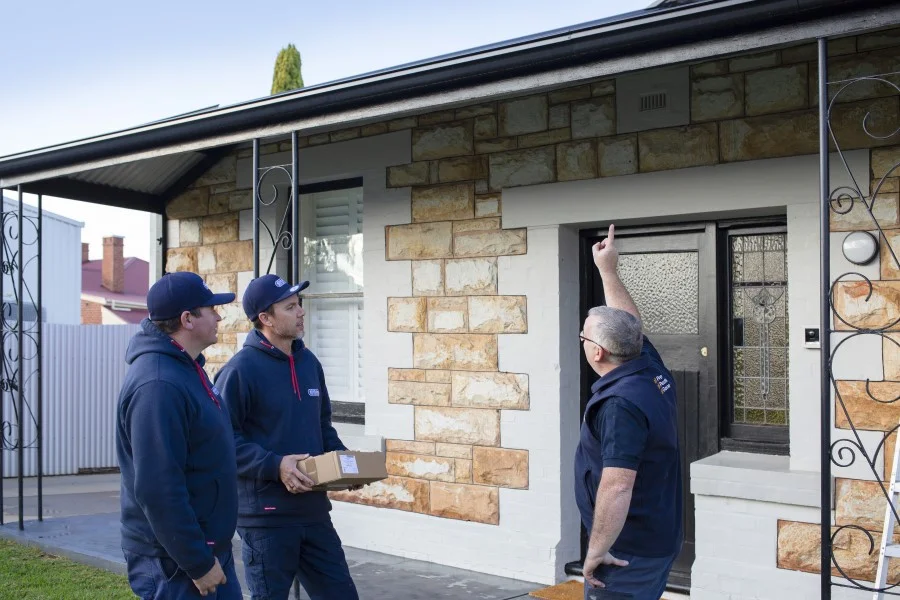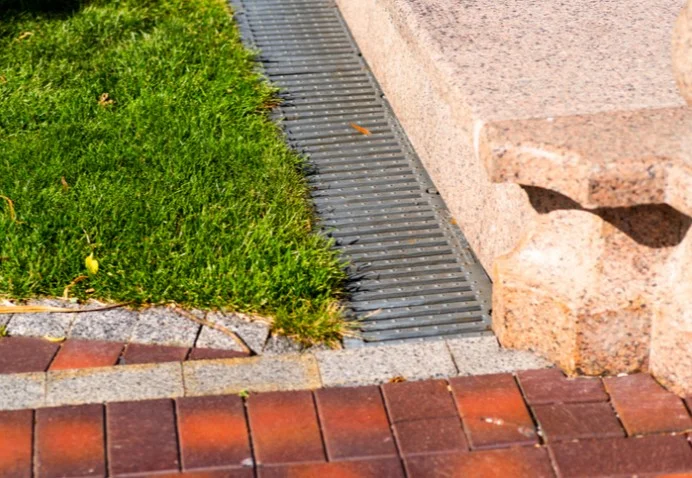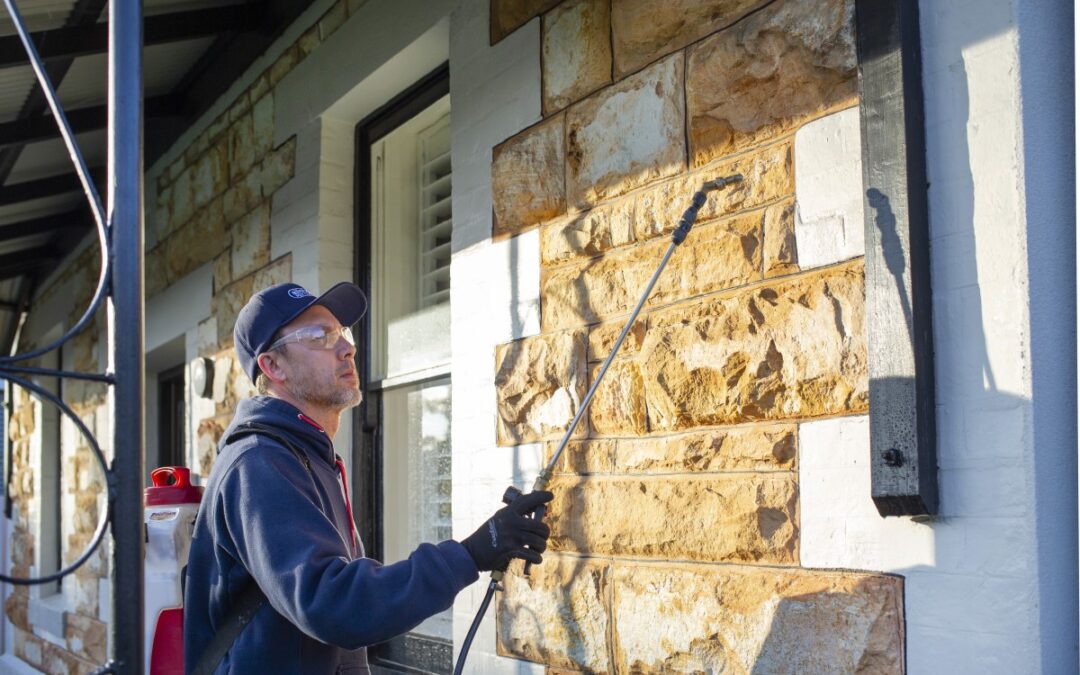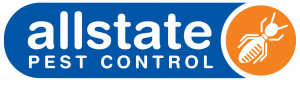
How to prepare for your cockroach treatment
We’re looking forward to providing you with a safe and effective treatment. Please take the following steps before your technician’s arrival and during the treatment.
1
Carry out general housekeeping, clean bench tops and floors, and declutter. This helps us maximise treatment in the targeted areas. Clutter can prevent us from applying treatment in some sections of your premises and dirt can reduce the effectiveness of the treatment.

2
Keep all doors and windows closed until the spray has dried.

3
If you have a fishpond, please advise our technician on arrival. Our products are harmful to aquatic life and we will need to take extra precautions.

4
You and other occupants can stay inside the premises, but far enough away from the area of pesticide application.
Our treatments are not safe for those with respiratory complaints, pregnant women, babies and toddlers. In this situation, we highly recommend evacuating the property for a minimum of 2 hours after treatment is completed.

5
Ensure any pets are safely isolated or kept away from the treated areas until they are dry.

We’re looking forward to providing you with a safe and effective treatment. Please take the following steps before your technician’s arrival.
1
Carry out general housekeeping, clean bench tops and floors, and declutter. This helps us maximise treatment in the targeted areas. Clutter can prevent us from applying treatment in some sections of your premises and dirt can reduce the effectiveness of the treatment.

2
Keep all doors and windows closed until the spray has dried.

3
If you have a fishpond, please advise our technician on arrival. Our products are harmful to aquatic life and we will need to take extra precautions.

4
You and other occupants can stay inside the premises, but far enough away from the area of pesticide application.
Our treatments are not safe for those with respiratory complaints, pregnant women, babies and toddlers. In this situation, we highly recommend evacuating the property for a minimum of 2 hours after treatment is completed.

5
Ensure any pets are safely isolated or kept away from the treated areas until they are dry.










